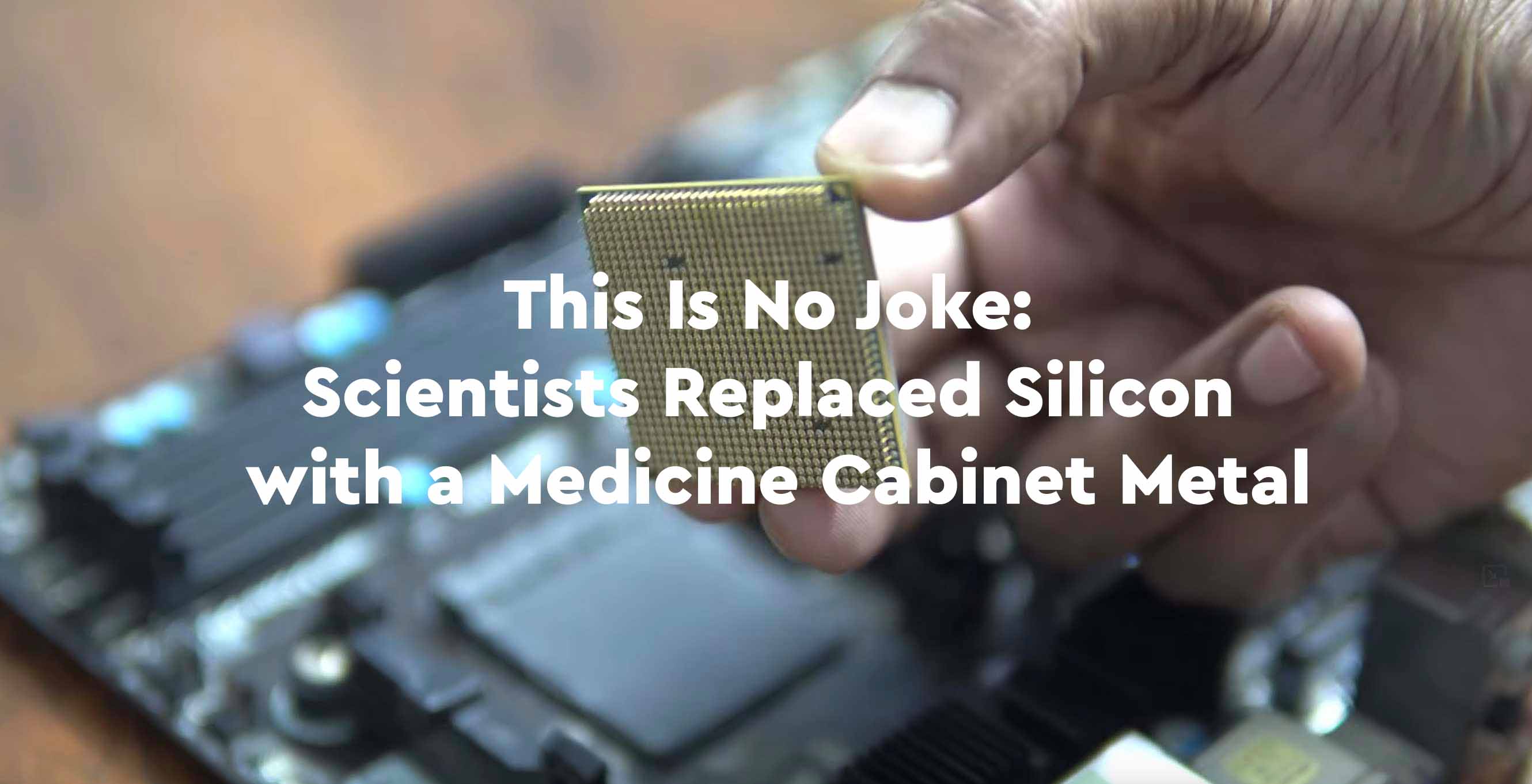Less Than 1 nm: What Comes After Silicon?
Processors, memory, sensors — all of it relies on one element. Silicon. It is the foundation of all modern microchips and most electronics.
Entire valleys are named after it. But what if I told you scientists have achieved the impossible — they created a chip entirely without silicon? Imagine a processor made not of traditional semiconductors, but of a material found in colorful antacid tablets.

Yes, we’re talking about bismuth. It sounds insane, but it’s real: Chinese researchers have developed a chip that works at the atomic level — where silicon fails. It’s more compact, faster, and more efficient — potentially the first nail in the coffin of the silicon era.
Why Replace Silicon?
Modern microchips have become too small. Today’s processors contain billions of transistors — tiny switches that must clearly distinguish signals. But as they shrink, quantum tunneling becomes an issue — electrons “cheat” and sneak through closed gates.
This causes current leakage, overheating, system failures, and ultimately breaks digital logic. Around the 5 nm threshold, transistors start to lose reliability. Silicon has reached a physical limit: its atoms measure about 0.54 nm — and making anything smaller just doesn’t work.

Meet Bismuth
The 83rd element in the periodic table, bismuth is a heavy metal with a silvery-pink sheen. Commonly found in stomach medication thanks to its protective and antimicrobial properties. Unlike other heavy metals, bismuth is non-toxic.
Its unique strength lies in strong spin-orbit coupling — allowing control not just of electron charge, but also of spin, opening new ways to manage current and suppress tunneling.
Bismuth itself is a metal, so it's always conducting — not ideal for on/off logic. The solution is bismuth oxyselenide, a 2D semiconductor that combines thinness, high electron mobility, and quantum properties.
The First Silicon-Free Chip
In February 2025, researchers at Peking University published a paper in Nature introducing the world’s first transistor without silicon. It wasn’t just theoretical — it was a multichannel 2D gate-all-around FET made from bismuth layers.

The channel was a super-thin 2D bismuth strip wrapped entirely by a gate. The device operates reliably at just 0.5 nm — a size where silicon becomes uncontrollable due to quantum effects.
This bismuth transistor is 40% faster and consumes 10% less energy than the best 3 nm solutions from Intel and TSMC. How? Thanks to high electron mobility, near-zero leakage, compact architecture, and graphene interconnects.

The Future Beyond Silicon
Though the prototype uses a silicon base for mechanical support, it plays no role in operation. China is actively promoting the tech — the country controls 80% of global bismuth reserves.
Developers claim it is the fastest, most energy-efficient transistor ever made. This is more than a scientific breakthrough — it’s the foundation of a post-silicon era.

When will we see this in real devices? Experts estimate commercialization will take at least 10 years. Silicon will serve us for a while longer, but the groundwork for a new microelectronics age is already being laid.
Would you want a bismuth-powered smartphone?


